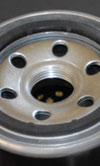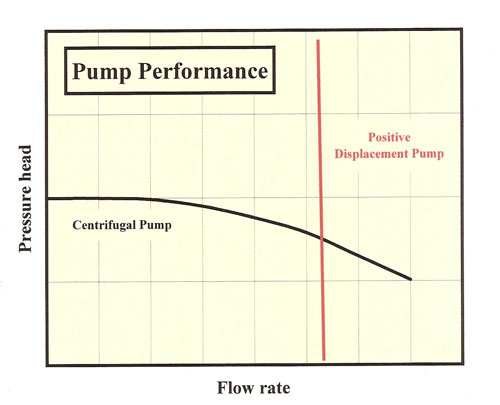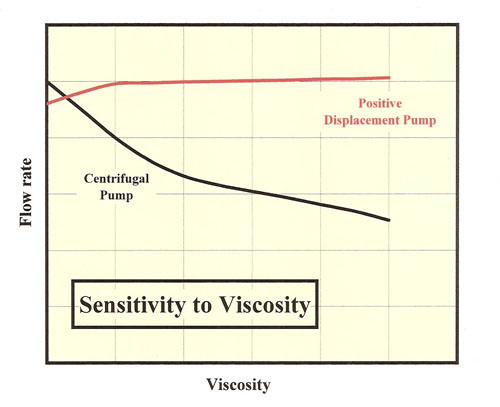Top Gear
 Few of us give our oil pump a second’s thought. So long as that big red light on the dashboard keeps going out at the required time and doesn’t flash too much when the engine is hot and idling, then all would seem to be well. But the poor old engine designer, when setting out at the initial design stage, has much to think about. To begin with, he realises his engine will need lubricating oil flow to the main and big end bearing assemblies. Notice the word flow and not pressure. The oil pressure is required mainly to overcome the centrifugal action of the oil in the crankshaft feeding the big-end bearings.
Few of us give our oil pump a second’s thought. So long as that big red light on the dashboard keeps going out at the required time and doesn’t flash too much when the engine is hot and idling, then all would seem to be well. But the poor old engine designer, when setting out at the initial design stage, has much to think about. To begin with, he realises his engine will need lubricating oil flow to the main and big end bearing assemblies. Notice the word flow and not pressure. The oil pressure is required mainly to overcome the centrifugal action of the oil in the crankshaft feeding the big-end bearings.
Some oil pressure will obviously be needed to create a flow through the various other passageways and obstacles irrespective of the crankshaft rotational speed but the flow of this oil must be sufficient to make up for the oil lost out of the bearings and ensure that the journal and bearing surfaces are not in direct contact at any time. To create this pressure and generate the required flow the designer can select a pump from one of two main categories: the positive displacement type (PDP) or that from the rotodynamic group.

There are many different sub divisions within these categories but positive displacement pumps as the name suggests, displace a constant volume of liquid for each revolution. Rotodynamic pumps however, do not rely on simple displacement but convert the input power of the pump into kinetic energy of the fluid. A typical example is that of the centrifugal pump, which accelerates the liquid using a rotating device known as the impeller. Similar to that of the compressor in a turbocharger, here fluid entering the centre of the impeller is thrown out radially at high velocity, and is subsequently converted into pressure energy through the resistance downstream. But in selecting the most appropriate design it is important to review their characteristics in the light of the intended application and to understand that these two categories, independent of their precise design, behave so very differently.

The most important characteristic for any pump must be its flow versus the final delivery pressure and, in the case of any positive displacement pump, this is almost totally insensitive to the back pressure it is pumping against. In any internal combustion engine at a given speed this back pressure can vary significantly depending mainly upon the radial clearance in the bearings and the viscosity of the lubricating fluid and since our centrifugal pump has a variable flow rate depending upon the back pressure this doesn’t appear to be the best application. Furthermore positive displacement pumps are also fairly insensitive to changes in the viscosity of the fluid inside the pump, while centrifugal pumps are generally highly sensitive. A very important characteristic if you consider that the viscosity of say a 10W-60 lube oil could be over 140 cSt at 40 deg C but down to 12 cSt at 150 deg C. Even at this limited level of investigation, the positive displacement would therefore seem to be the most suitable of the two types and when geared to the crankshaft in some way, the flow produced would be roughly in line with that required in an engine.
We’ll look at the range of suitable positive displacement pumps next month.
Written by John Coxon.